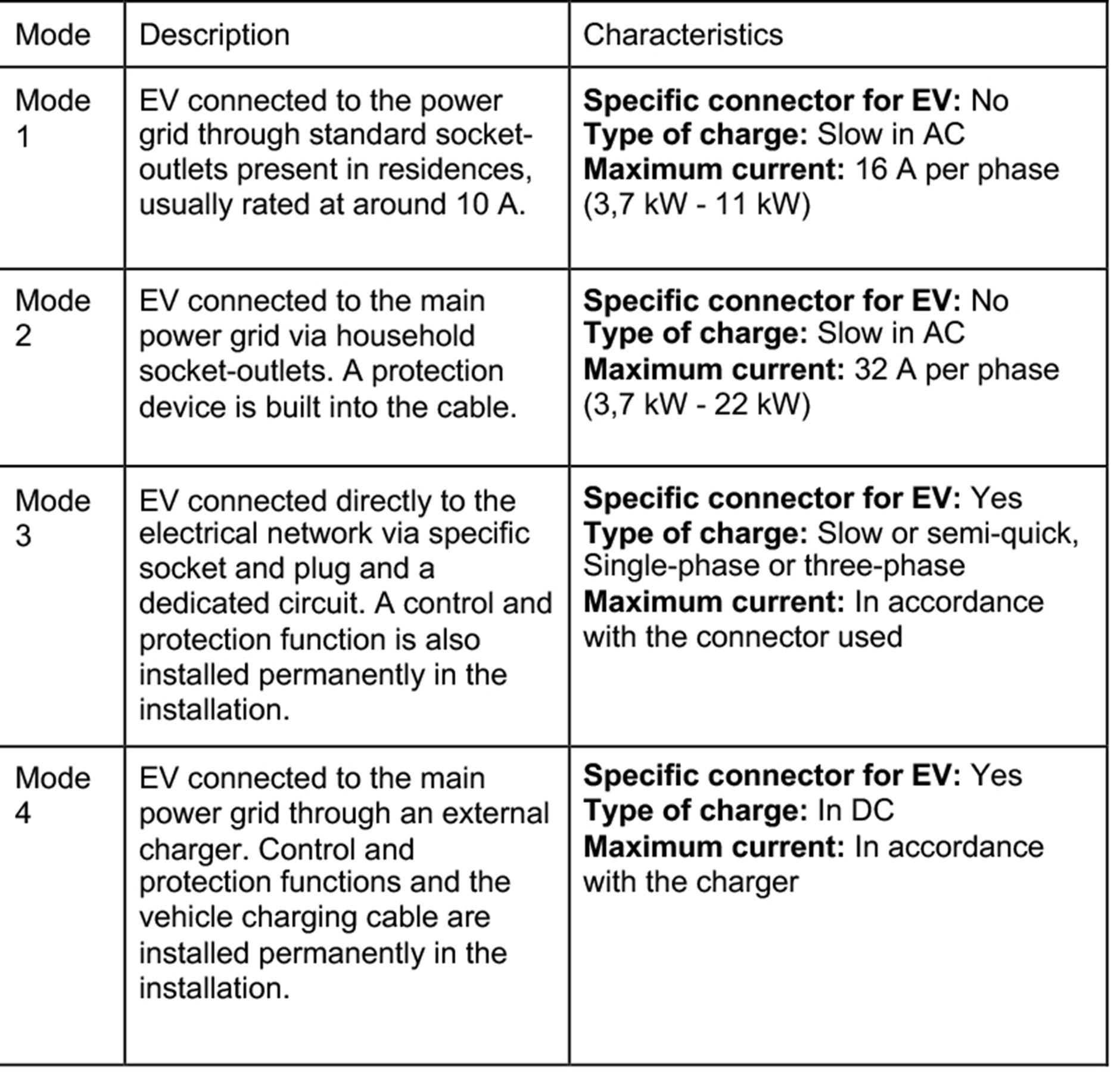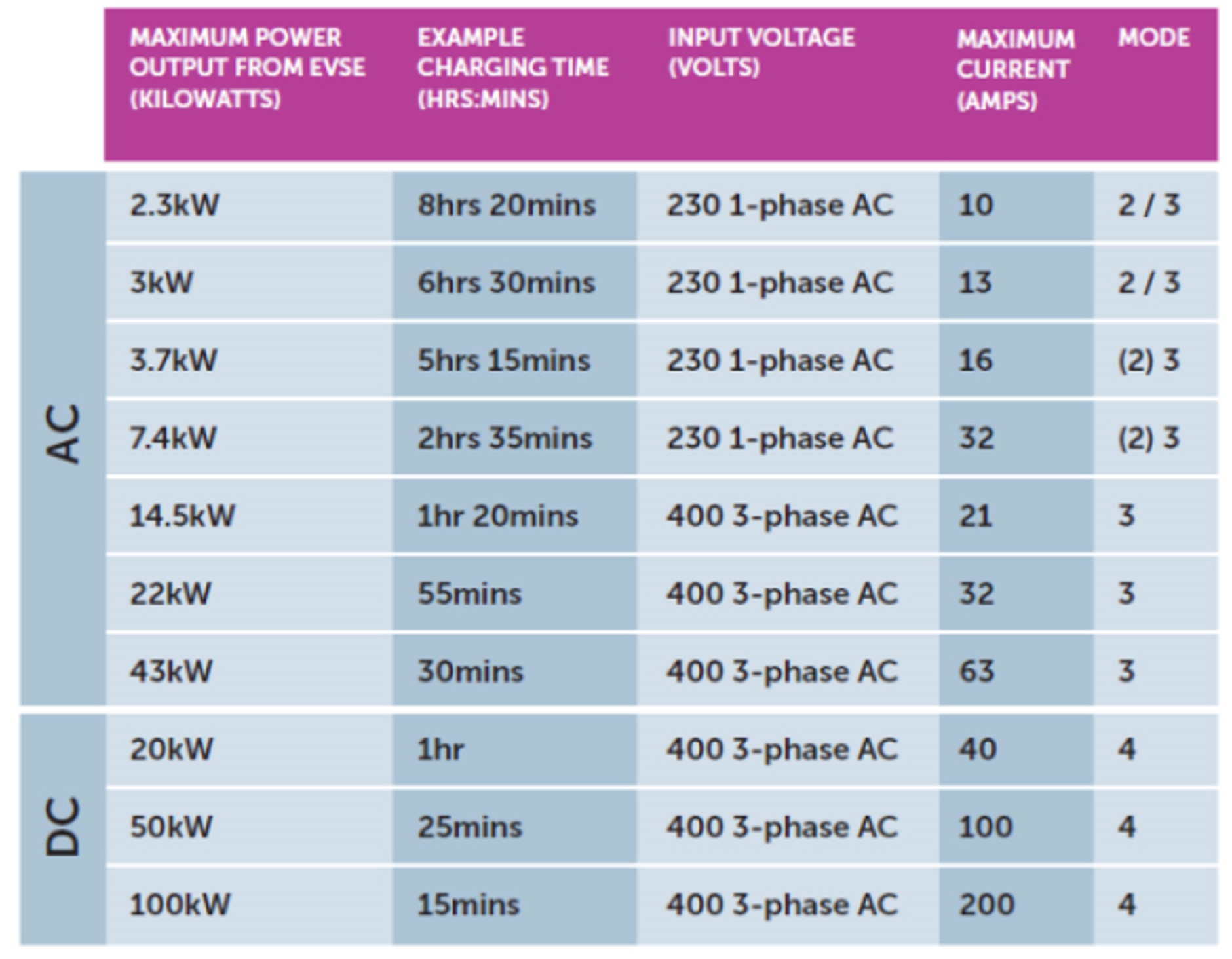Fast charging: a critical enabler of EV adoption
The world’s automobile manufacturers are responding to ever stricter emissions regulations by increasing the proportion of electric vehicles (EVs) in their ranges. Global EV sales have surged in recent years and data from 2020 suggests that EVs are beginning to take market share from traditional, internal combustion engine (ICE) vehicles.
By Martin Keenan, Technical Director, Avnet Abacus
As more and more governments introduce aggressive targets for the ban of ICE sales, long term forecasts predict that, by 2032, 50% of all vehicles on our roads will have electric motors within their drive trains.
EV growth has historically been hindered by a number of factors, not least poor consumer perception of their range but, as a result of significant investments in drive train efficiencies and battery technology, top end models such as the Tesla Model 3 and the Jaguar i-Pace can now travel over 300 miles between battery charges.
The focus is therefore shifting to EV charging infrastructure which must be significantly developed to support the forecast growth in EVs. The driver experience is conditioned by the ubiquity of the traditional filling station and the speed and convenience of filling the tank of an ICE. The charging infrastructure must deliver an equivalent experience - in simple terms, an EV driver must have easy access to a suitable charging point, as and when required, and must be able to safely charge the vehicle without extending the journey time.
EV charging station availability
Rapid development and innovation in EVs have led to a proliferation of designs and proprietary technologies and charging methods have evolved considerably as EV manufacturers have sought to differentiate their vehicles through charging speed.
EV batteries require to be charged by DC current which is derived from the grid (Figure 1) and the major driver of charging speed is the design of the AC/DC conversion functionality. On-board conversion gives the vehicle more flexibility in terms of available charging points, but space and weight considerations limit the power of these chargers – and hence the charging speed.
Purpose-built DC charge points, sited in public locations, contain this conversion equipment, bypassing any onboard chargers and, as these charge points do not have the same space and weight limitations as their onboard counterparts, they can be designed to deliver much higher charging currents – and hence faster charging times.
Fast charging capability is a key requirement for these public charge points, and a number of industry driven standards have emerged in recent years. In Japan, Mitsubishi, Nissan, and others have backed the CHAdeMO, (Charge de Move) standard whilst China, the world’s largest EV market, has established the GB/T standard. In Europe, BMW, Daimler-Benz, Ford, and the Volkswagen group have co-operated on the Combined Charging System, (CCS) whilst Tesla, the current EV market leader, has rolled out its own, proprietary supercharge strategy, exclusively for Tesla drivers.
In parallel with the evolution of these industry standards, the International Electrotechnical Commission, (IEC) has specified a number of standards covering various aspects of EV charging technologies. IEC 61851 describes four different charging modes (Table 1), which specify the standards for various EV charging situations, ranging from domestic power points through to stand-alone public charging stations.

Table 1: IEC 61851-1 defines 4 modes of EV charging
Other relevant standards include IEC 62196, which covers plugs, socket-outlets, vehicle connectors and vehicle inlets and IEC 61980, which deals with EV wireless power transfer, (WPT), systems.
These standards have enabled a whole industry to emerge around the design and deployment of charging stations. In Europe, according to the European Alternative Fuels Observatory there are now 213,367 charging stations, up from 48,182 in 2015 – a growth of over 300% in 5 years. In the UK alone there are now 31,320 charge points equivalent to 220 per 100 Km of highway, compared to 29 per 100 Km back in 2015. As EV adoption continues to grow, the global charging station market is destined to remain healthy for some years to come, with a recent report from Markets & Markets, a leading market research firm, forecasting 41.8% CAGR over the five years from 2017, to reach a total value of $30.44 bn by 2023.
Speed of charging
Along with charge point availability, charging speed is critical, especially for public charging stations, where multiple users must be served and also where journey times can be adversely affected by long charging cycles. Two levels of charging are defined for Mode 4 DC charging stations:
- Fast charging Points (Rate: 7-22kW) charge an EV battery from zero to full in around three to four hours. Most public charging stations offer this rate.
- Rapid charging (Rate: 43-50kW) charge the battery to 80% capacity in as little as 30 minutes. Not all electric cars are compatible with rapid charging, and availability at this level is limited, although 50kW and higher power charge points are beginning to appear on major road networks to enable quick top-ups mid- journey.
Table 2 shows the theoretical times to charge a 24 kWh battery to 80%, using different power levels.

Table 2: Theoretical charging times for 24 kWh battery
In practice, around 80% of EVs will be charged at home, and this number rises to 96% - 97% where the driver has access to both home charging and workplace charging. As modern EVs have ranges of up to 300 miles, home and workplace charging mean that fast charging is limited to top-ups for longer journeys.
Public charging stations therefore represent the “sharp end” for charging development, where higher power levels are most critical to the EV driver experience.
Charging station design
As discussed previously, the focus of Mode 4, DC charging stations is to increase power levels in order to reduce charging times. Although 50 kW is becoming the current norm for public charging stations, pressure to reduce charging times to less than 30 minutes is driving the development of chargers with power levels in the 120 to 240 kW range. At this level, cooling systems, higher power densities and overall system size are key priorities.
The design of the DC/DC converter at the heart of the charger is based on quasi-resonant converter (QRC) techniques, using high switching frequencies to minimise losses and increase power densities. Increased power densities in Mode 4 chargers are also achieved through the use of wide-bandgap semiconductor technologies, such as silicon carbide (SiC).
SiC devices offer faster switching speeds than traditional silicon equivalents, leading in turn to smaller windings and capacitors. SiC MOSFETs also have exceptionally low switching losses, due to their low RDS(ON) and they also have a much higher breakdown voltage than silicon and can withstand higher operating temperatures. Taken together, the characteristics of SiC diodes and MOSFETs enable the development of more compact, higher efficiency and overall higher-performing charging stations.










